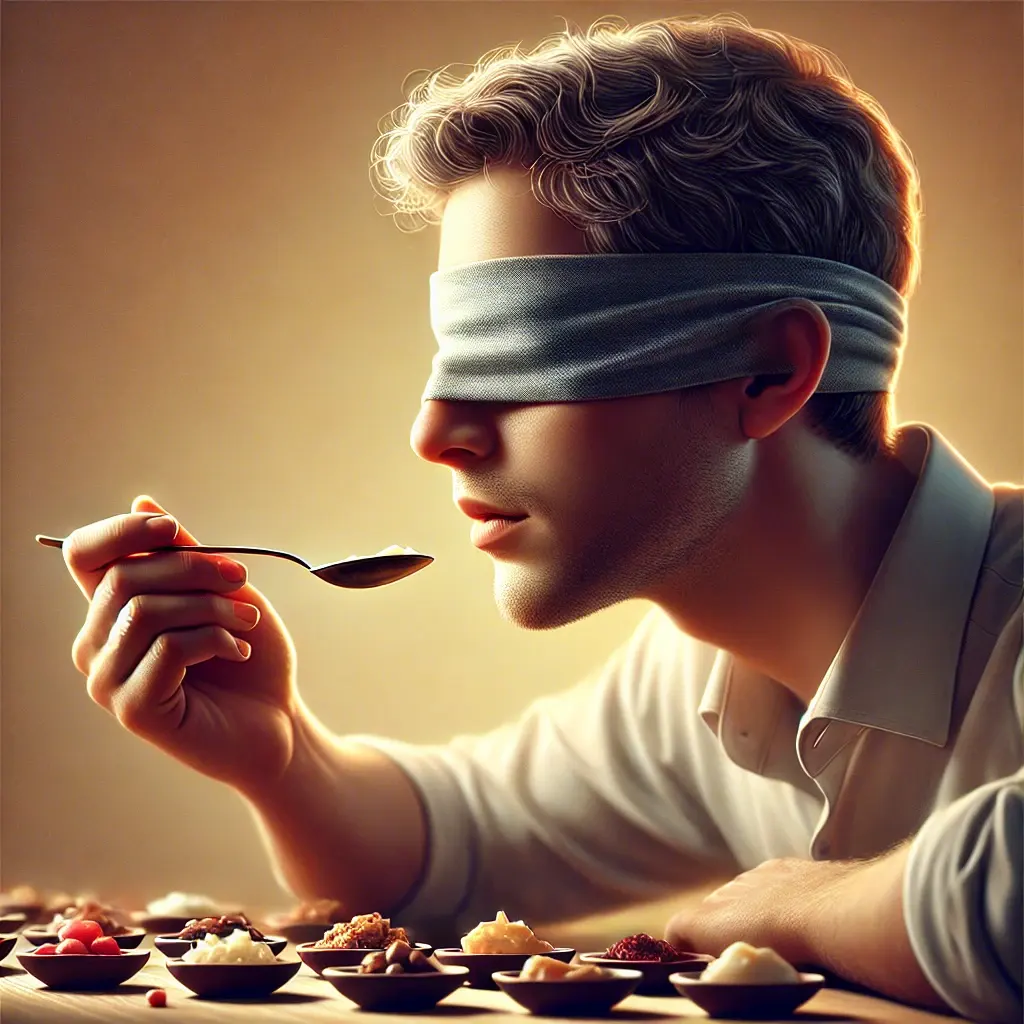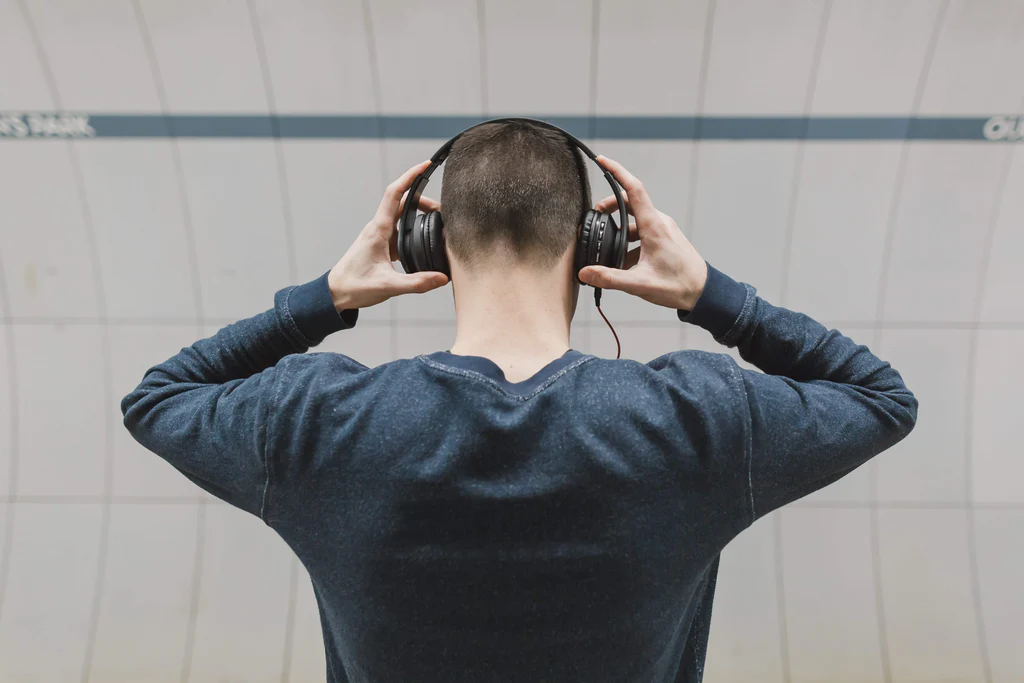Human senses are the bridges that connect us to the world, and for the visually impaired, hearing, smell, and touch often become their primary ways of perceiving the world. In the “Kingdom of Senses,” we can not only understand the unique experiences of the visually impaired but also design innovative activities to help them unlock their potential, boost their confidence, and raise awareness about their needs. This article explores three sensory activities tailored for the visually impaired: the Blindfolded Smell Challenge, the Voice Recognition Competition, and the Tactile Interactive Theater. Through real-world examples, we will see how these activities can be implemented in daily life, demonstrating how the power of the senses transcends visual limitations to create a rich and meaningful world.
I. The Blindfolded Smell Challenge: Awakening the Potential of Smell
 Smell is one of humanity’s most primal senses, yet it is often overlooked. For the visually impaired, smell serves not only as a navigational tool in daily life but also as a unique skill to showcase. The Blindfolded Smell Challenge encourages participants to rely entirely on their sense of smell by shutting off visual input, thereby stimulating their sensory potential.
Smell is one of humanity’s most primal senses, yet it is often overlooked. For the visually impaired, smell serves not only as a navigational tool in daily life but also as a unique skill to showcase. The Blindfolded Smell Challenge encourages participants to rely entirely on their sense of smell by shutting off visual input, thereby stimulating their sensory potential.
Real-World Case: The Olfactory Genius of a Blind Perfumer
In France, a blind perfumer named Jean-Pierre has an astonishing story. Born without sight, Jean-Pierre developed an extraordinary sense of smell and became a renowned perfume designer. He can distinguish hundreds of different scent components and even identify the origin and freshness of spices by smell alone. His career began at a “Scent Identification Contest” organized by the French Association for the Blind, where he successfully recognized all samples, including complex scents like lavender, lemon peel, and musk. This experience not only revealed his talent but also opened doors to the perfume industry. Today, his creations are used by several high-end fragrance brands, proving the irreplaceable value of smell in the lives of the visually impaired.
Activity Design and Significance
The Blindfolded Smell Challenge can be structured in multiple rounds: the first round identifying common scents (e.g., coffee, mint), the second distinguishing blended aromas (e.g., fruit salad ingredients), and the third challenging rare scents (e.g., a specific type of wood). Such activities are not only fun but also help participants train their olfactory memory and concentration. Research shows that smell training can enhance brain neuroplasticity, making it a low-cost, high-reward sensory development method for the visually impaired. More importantly, these activities help the public understand that visual impairment does not mean a lack of ability—it is simply another way of perceiving the world.
II. The Voice Recognition Competition: The Precision Art of Hearing
 Hearing is a core bridge for the visually impaired to communicate with the world, and the Voice Recognition Competition takes this sensory ability to the extreme. By identifying different voices, tones, and even emotions, participants can demonstrate their acute auditory perception. This activity is not only entertaining but also enhances social skills and self-confidence.
Hearing is a core bridge for the visually impaired to communicate with the world, and the Voice Recognition Competition takes this sensory ability to the extreme. By identifying different voices, tones, and even emotions, participants can demonstrate their acute auditory perception. This activity is not only entertaining but also enhances social skills and self-confidence.
Real-World Case: The Legend of a Blind Radio Host
In China, a blind radio host named Li Qiang is renowned for his exceptional voice recognition skills. Blind since childhood, Li Qiang has an extraordinary sensitivity to sound—he can estimate a person’s height and weight by their footsteps and discern their emotional state from their tone. He once stood out in a local radio station’s “Voice Imitation and Recognition Contest,” successfully identifying 10 strangers based solely on their speech patterns and breathing rhythms. This achievement earned him a position as a radio host, where he became a beloved broadcaster. Li Qiang once said, “My eyes cannot see, but my ears can ‘see’ the soul of every person.” His story illustrates how hearing can become a unique strength for the visually impaired.
Activity Design and Significance
The Voice Recognition Competition can be divided into stages: basic recognition (e.g., distinguishing male/female voices or age groups), advanced challenges (e.g., detecting emotions through speech pace and tone), and ultimate tasks (e.g., picking out a specific voice in a crowd). In reality, such activities have already been implemented in some blind schools and rehabilitation centers. For instance, the Perkins School for the Blind in the U.S. regularly holds similar auditory competitions to help students improve sound localization and memory. Studies show that the auditory cortex of the visually impaired is more active than that of sighted individuals, giving them a natural advantage in sound processing. Through voice recognition competitions, participants can experience a sense of achievement while showcasing their potential to society.
III. Tactile Interactive Theater: Stories Through Touch
 Touch is the most direct way for the visually impaired to explore the world, and tactile interactive theater combines tactile experiences with emotional expression through drama. Participants can touch props, feel actors’ movements, and even influence the storyline, immersing themselves in a narrative world built entirely on touch.
Touch is the most direct way for the visually impaired to explore the world, and tactile interactive theater combines tactile experiences with emotional expression through drama. Participants can touch props, feel actors’ movements, and even influence the storyline, immersing themselves in a narrative world built entirely on touch.
Real-World Case: The Touch Performances of London’s Blind Theater Troupe
Extant, a UK-based theater company composed of visually impaired performers, pioneered an art form called “touch theater.” In their acclaimed play The Chairs, audiences are invited to close their eyes and understand the plot by touching wooden chairs, feeling actors’ gestures, and sensing prop movements. For example, a squeaking chair symbolizes a character’s anger, while a gentle tap on the audience’s hand conveys emotion. This play has captivated not only visually impaired viewers but also sighted audiences eager to experience non-visual storytelling. Extant’s success proves that touch can be a powerful medium for artistic expression and emotional connection.
Activity Design and Significance
Tactile interactive theater can be designed as small workshops or full performances. Participants first learn to perceive textures by touching different materials (e.g., silk, burlap), then engage in improvisational scenes guided by actors. For example, a “forest adventure” scene might involve touching tree bark, feathers, and water droplets to imagine being in nature. Such activities have been promoted in blind communities worldwide, such as Canada’s Touching the Stage project, which uses tactile theater to help the visually impaired build confidence and foster interaction with sighted individuals. The significance of tactile interactive theater goes beyond entertainment—it empowers participants to express themselves and feel valued.
Conclusion: The Enlightenment of the Kingdom of Senses
The Blindfolded Smell Challenge, Voice Recognition Competition, and Tactile Interactive Theater provide a stage for the visually impaired to showcase their abilities while reminding us that the potential of the senses far exceeds our imagination. From the olfactory genius of perfumer Jean-Pierre to the auditory legend of radio host Li Qiang and the tactile artistry of Extant, these real-world examples prove that visual impairment is not the end of life but the beginning of a new journey.
As members of society, we have a responsibility to design more such activities to support and empower the visually impaired. Whether through the precision of smell, the sharpness of hearing, or the warmth of touch, these sensory experiences convey the same truth: everyone has their own “Kingdom of Senses,” and this kingdom deserves to be explored and respected. Through these activities, we can not only improve the quality of life for the visually impaired but also foster a more inclusive and diverse society. When we close our eyes, we may discover that true light does not reside in the retina—it lies deep within the senses.

